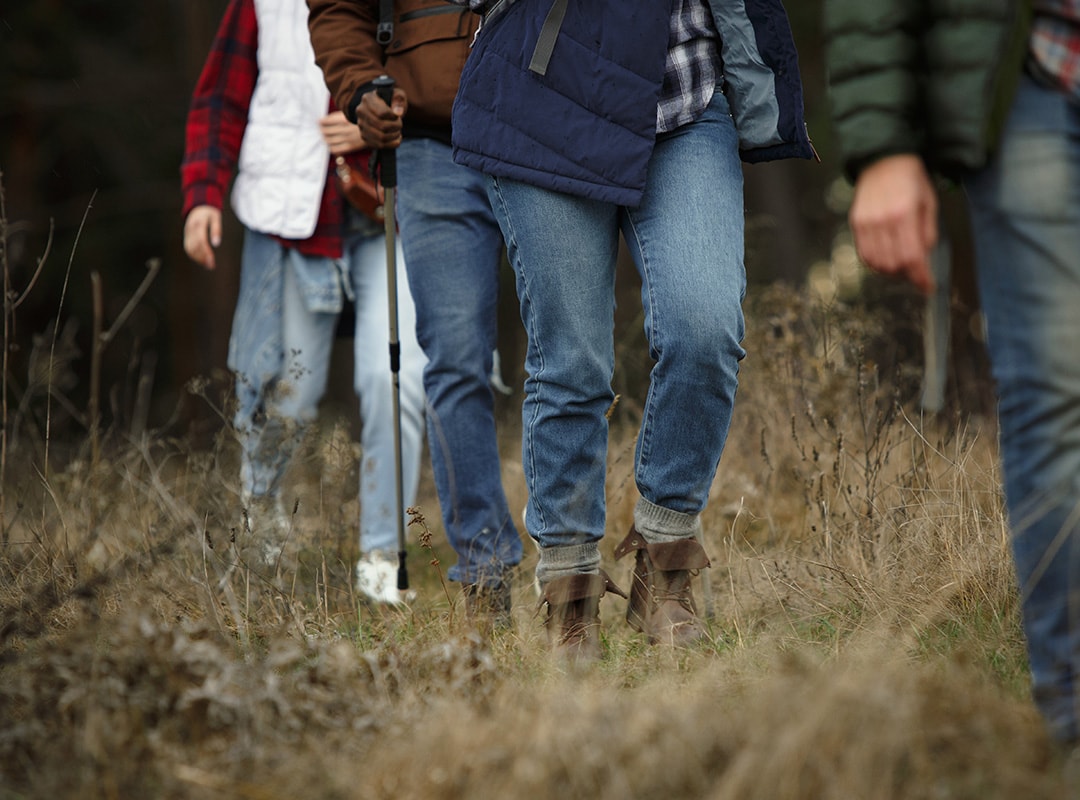V4V Good Practice Case Studies: Milnrow ‘Walk & Talk’ Group
Sport / Activity: Recreational walking | Country: England

Which of the four pillars does the example cover?
Pillar 1 – Volunteer strategy and planning
Pillar 3 – Volunteer management and retention
Pillar 4 – Volunteer development and training
Focus of volunteer intervention: Volunteer training

Objective(s):
To train new volunteer walk leaders to increase the capacity of the walk group.
Activities undertaken:
Milnrow ‘Walk & Talk’ Group is a weekly walking group connected to a much larger network of walking groups initially established via a Ramblers Association Walking for Health programme and delivered in Greater Manchester by The Big Life Company, a social enterprise that delivers health and wellbeing programmes, and Living Well Rochdale. The walks are for adults, with the group meeting once a week at the local library. Different walk routes are provided each week, with each walk led by a volunteer walk leader.
The group initially started with two walk leaders – local people who had nominated themselves to act as leaders and had been provided with training to do so. As the walking group started to grow, it was evident that to meet the new demand additional walk leaders would be needed. Walk Leader training was advertised to members of the group with several individuals coming forward to undertake and complete the training. Other members are also encouraged and supported to go on the training as and when they show interest. In addition, opportunities are also provided for individuals who are happy to contribute but don’t want the responsibility of being a walk leader – these volunteers can become ‘buddies’ – with this role involving walking at the back of the group to support slower walkers. Training is also provided for this role.
Challenges faced:
Recruiting volunteers to do the training – many walkers don’t want the added responsibility of leading walks, they just want to enjoy walking and talking! The ability to train new leaders is also restricted by the availability of training courses.
Impact:
The walk group now has a pool of walk leaders who can be utilised as needed to support the delivery of different walk routes each week. There is now enough capacity to cover for different walk leaders when they are on holiday or unable to attend.
The new walk leaders have enabled the group to run different walk routes and levels of challenge each week, meaning that walkers of different ability can always do a walk that suits their ability. If there are high numbers attending the group on any given week, additional walks can also be added. The variety of walks available has enabled new walkers to join the group. The ‘buddies’ system has also helped to integrate less confident walkers into the group.
For further information: Click here